How and why to mend your clothing
Author: UNB Sustainability
Posted on Nov 2, 2022
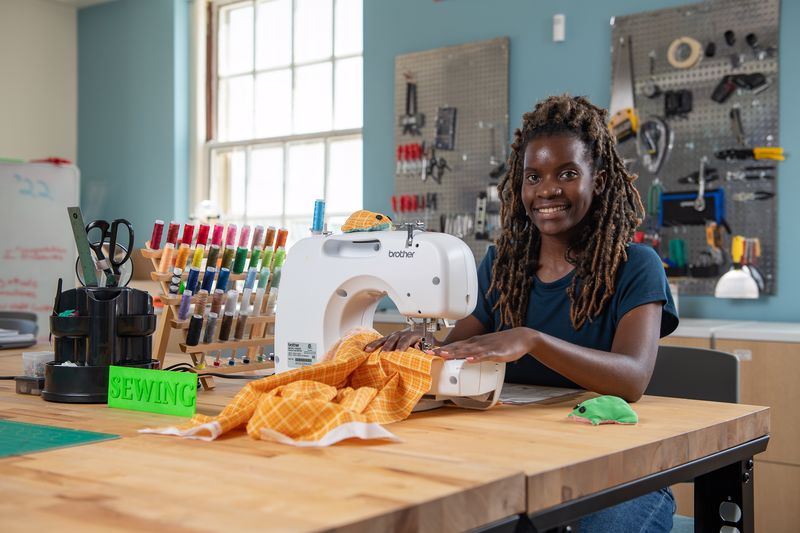
Fashion companies, like most, work by supply and demand. So, reducing our consumption is the simplest solution to the fast fashion crisis and a cultural attitude shift in how the industry works. Thus, it is essential to have a balance between sustainability and fashion.
Due to high demand and cheap production, modern clothing has a short lifespan. The more people buy, the more waste is sent to landfills annually. To be a part of the change, we must redefine how we treat our possessions and reclaim the power of repair. Therefore, mending clothes is necessary to extend the life of your clothes. Below is a quick guide for mending your clothing; information provided by Dr. Kate Frego.
The strength of sewing is determined by the thread itself (polyester is strongest), the distance between stitches, and the number of times the thread changes direction. Listed below are six different thread and needle methods that you can use to Stitch Up your clothing.
1. Weakest: Running Stitch.
The needle pulls a single thread in and out in a straight line, all in one direction. Suitable for temporary attachments and decorative details.
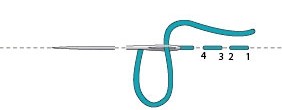
2. Moderate: Hemstitch or Whip Stitch.
The needle pulls a single thread down through the top layer, picks up a few threads of the bottom layer, comes back out to the top, and then stretches over approximately 1 cm before the next "pick up." If done correctly, with close spacing, it is used to stitch up a hem and is invisible on the right side of the garment. They are also used on the right side to attach a patch.
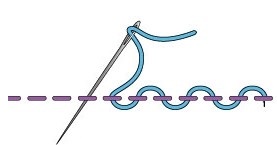
3. Strong: Back Stitch.
The needle pulls (usually) a single thread down through both layers, back up a short distance away, then back down approximately halfway along the stitch, and up a short distance past the first exit. The thread reverses the direction of every second stitch and cuts the space between stitches in half. They are used for mending seams, attaching pockets, or other places that require a lot of wear.
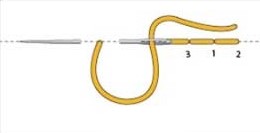
4. Strongest: Button Stitch.
The needle pulls a double thread in and out, weaving through the button with each step. Variations: Buttons with a shank (left) or no shank (right).
5. How to sew on a button:

Tips: use a double thread that is well anchored. If the button has no shank, leave a space between the bottom of the button and the top of the fabric and create a shank of thread.
6. Strong but stretchy: Stretch Stitch.
The needle pulls a single thread through the fabric in one direction, then back to form an X. Second stitch does the same to create a series of Xs. They are often used for hems of stretchy/knit fabrics.
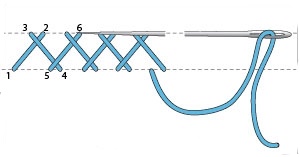
To learn more, come to the Stitch-It-Up event as Kate Frego demonstrates each stitching method this November 4th, 2022, at Hazen Hall 127 from 10 a.m. - 12:30 p.m.
References
Beginner stitches. Embroidery Stitch Guide. (n.d.). Retrieved from https://www.dmc.com/us/p-embroidery-stitch-guide.html Cole, C. (n.d.). Mending clothes: Good for the soul and environment. Mending Clothes: Good For The Soul And Environment. Retrieved from https://keiseimagazine.com/mending-clothes-good-for-the-soul-and-environment/
YouTube. (2017). How To Sew On A Button | Quick & Easy Sewing By Hand. YouTube. Retrieved from https://www.youtube.com/watch?v=xNy9hLCl0NM
Skwarecki, B. (2020, May 12). How to mend your clothes. Lifehacker. Retrieved from https://lifehacker.com/how-to-repair-clothes-1843419199